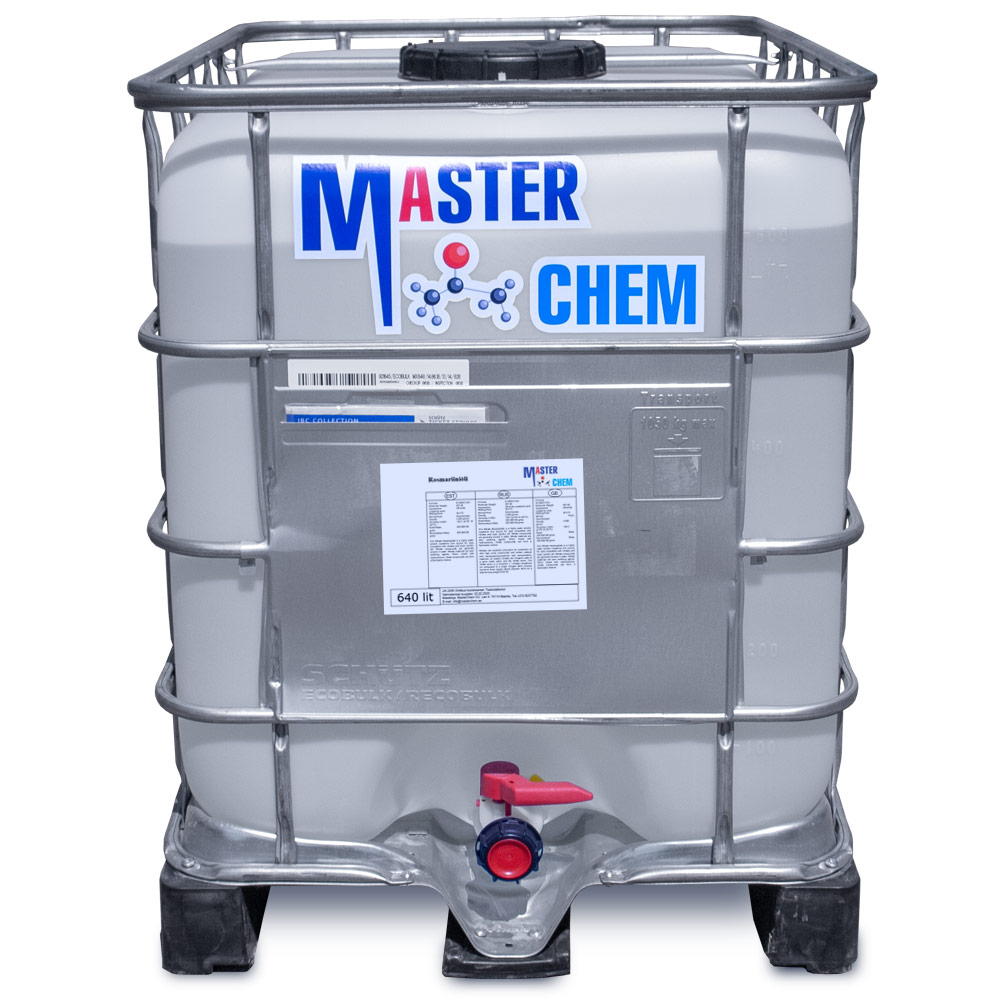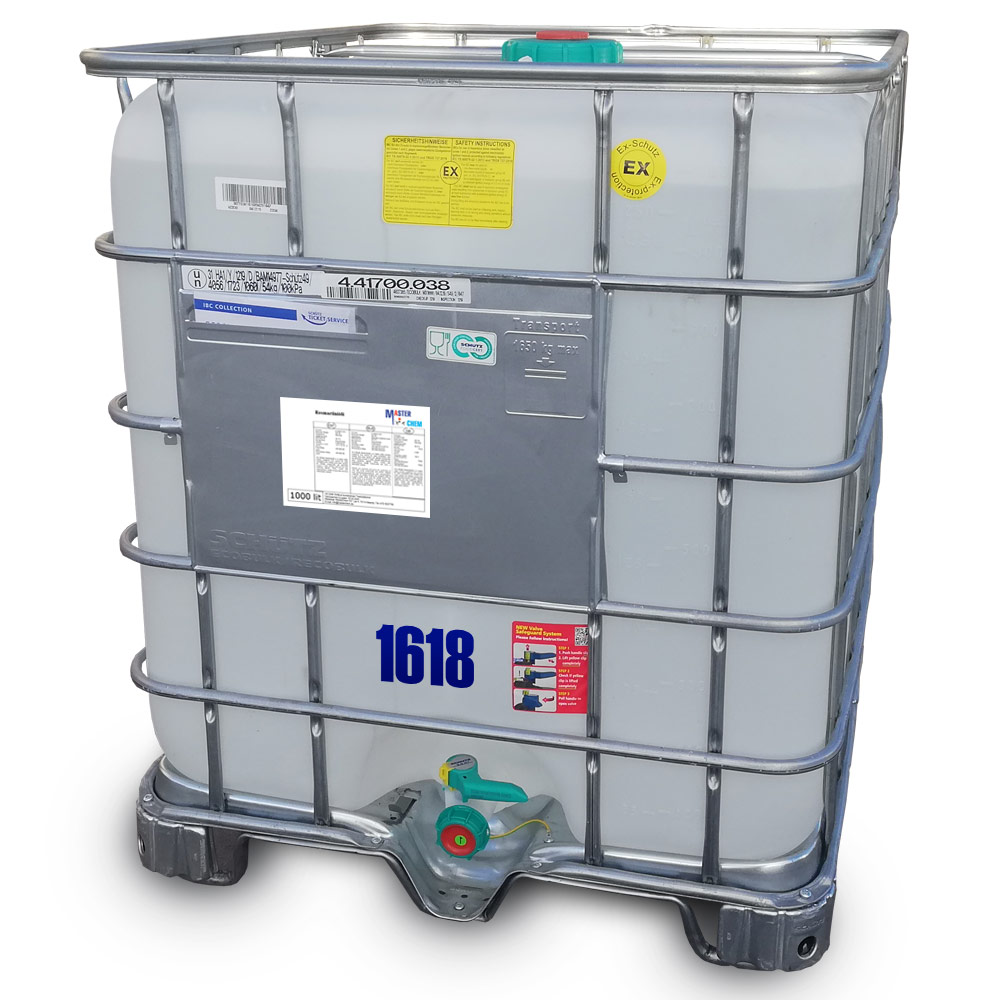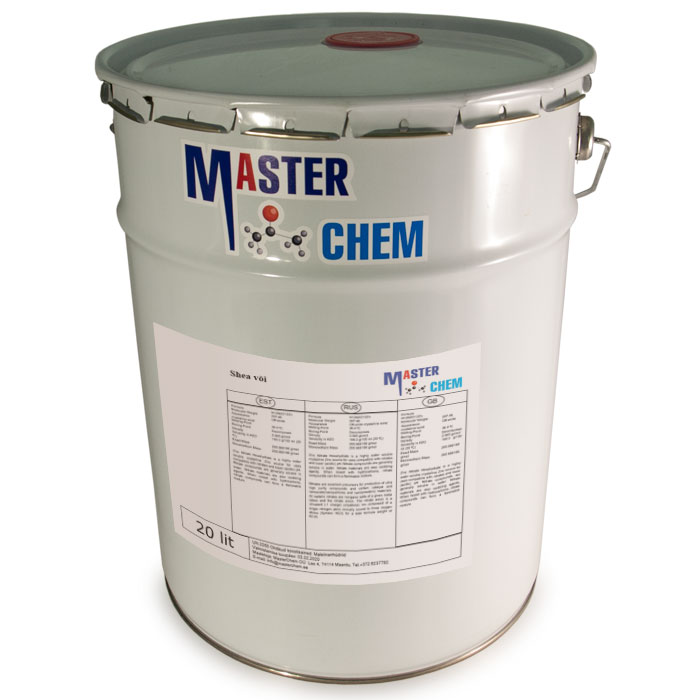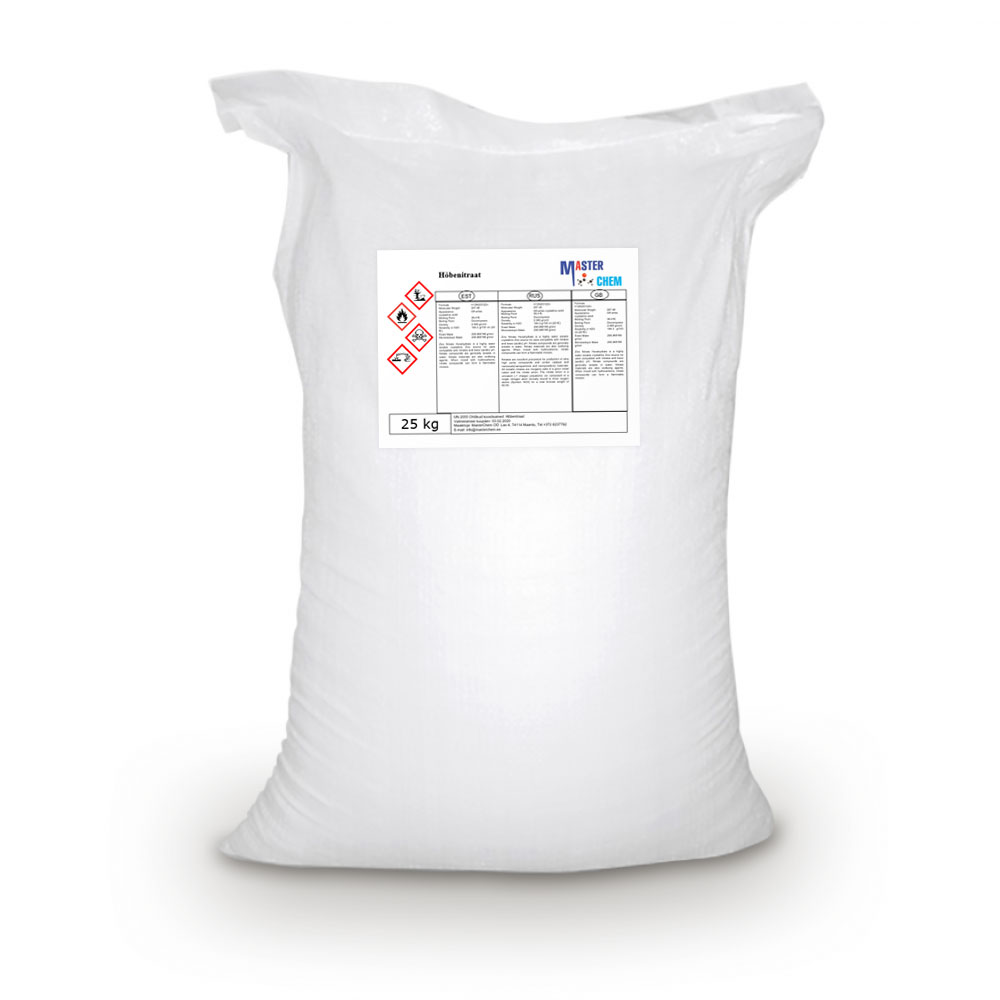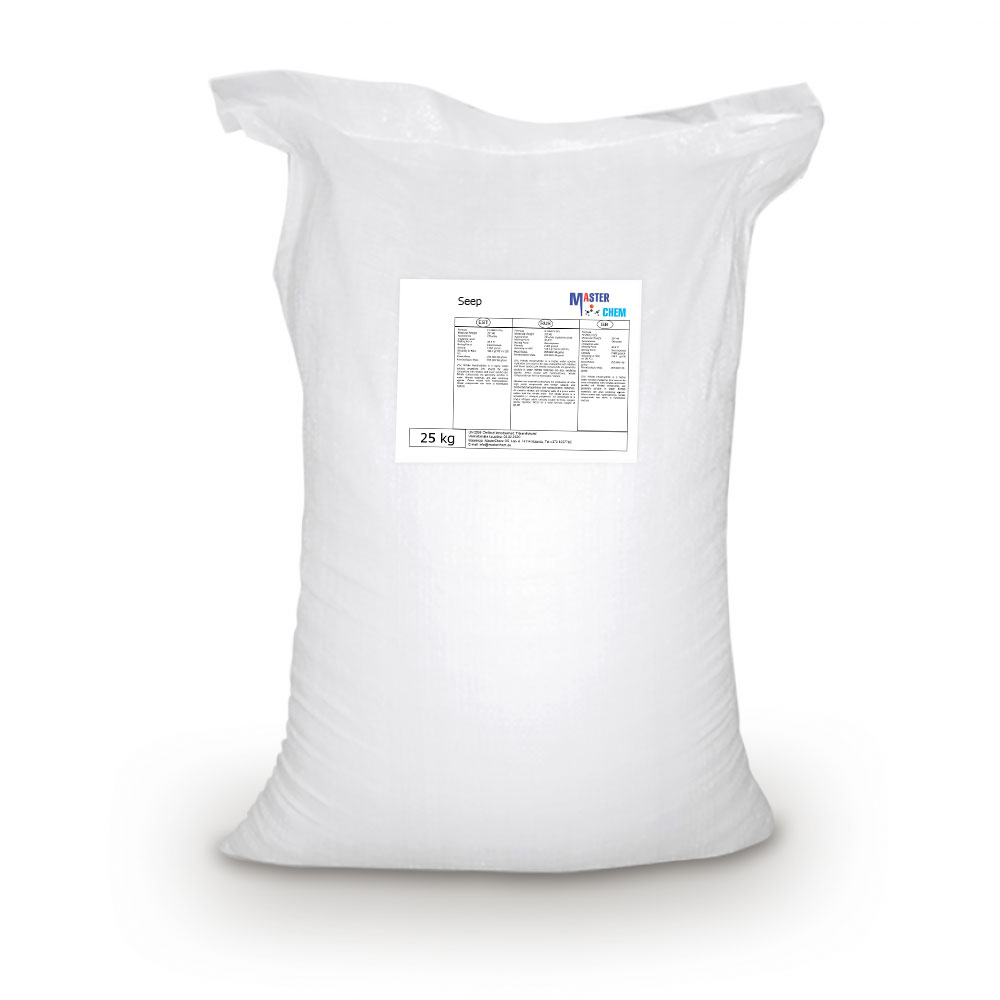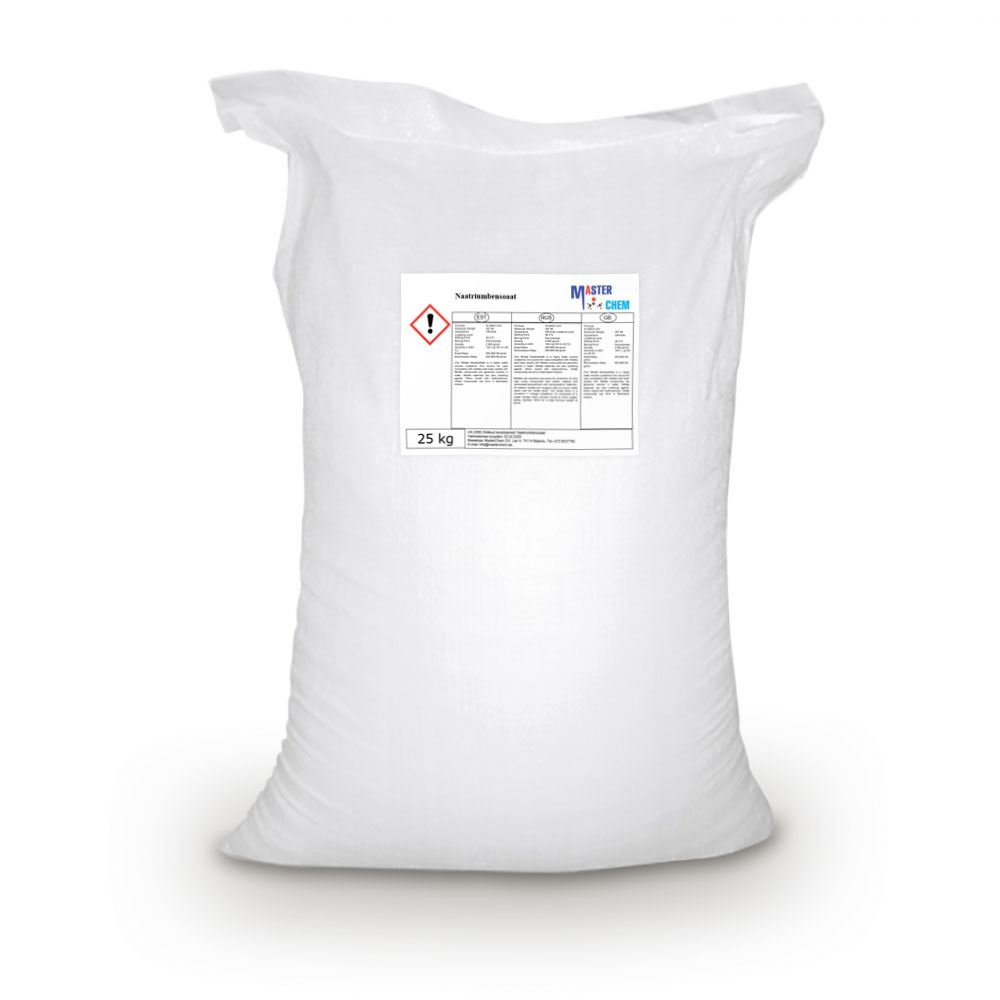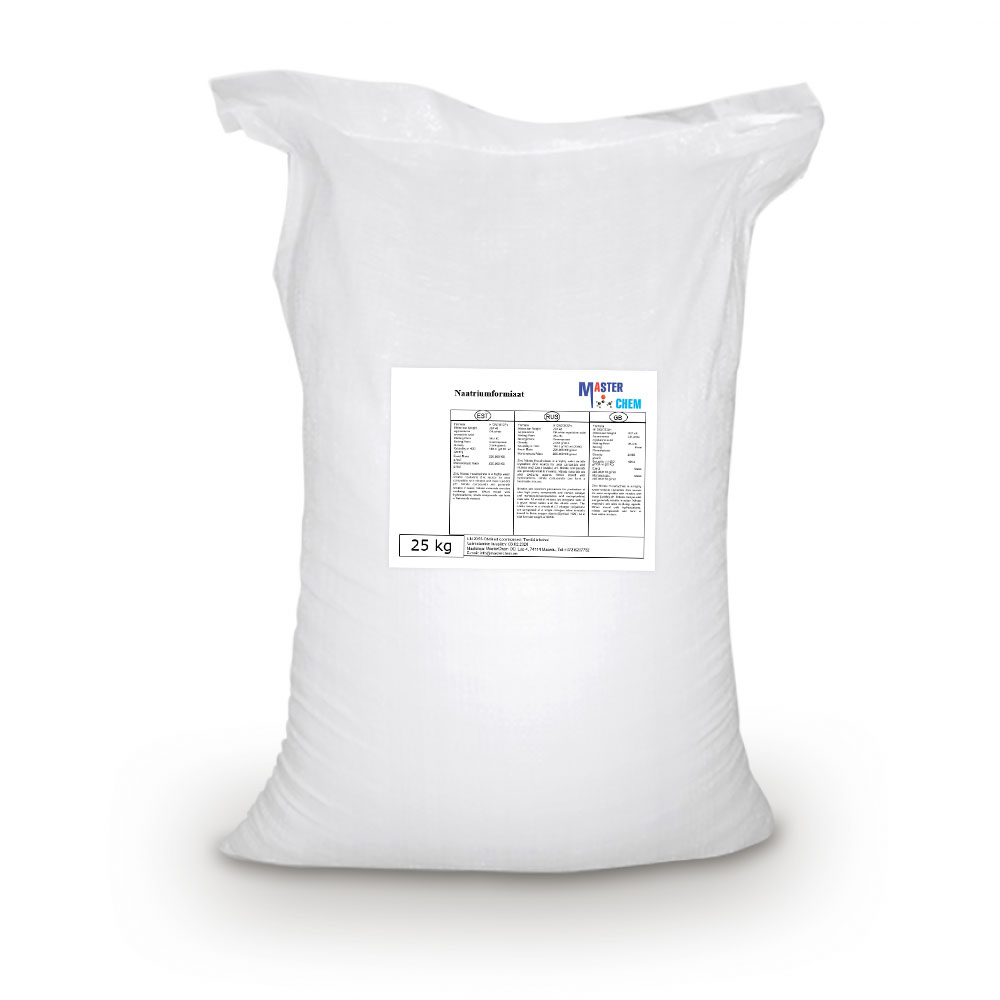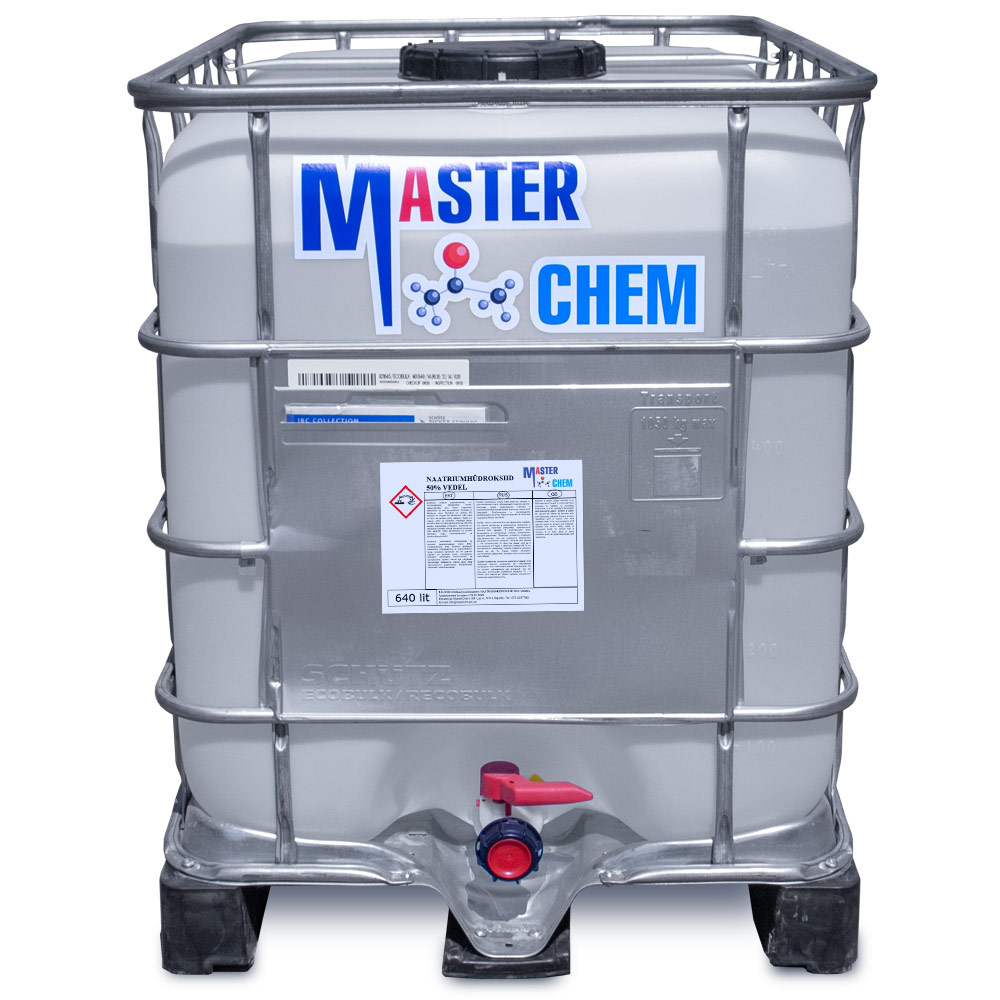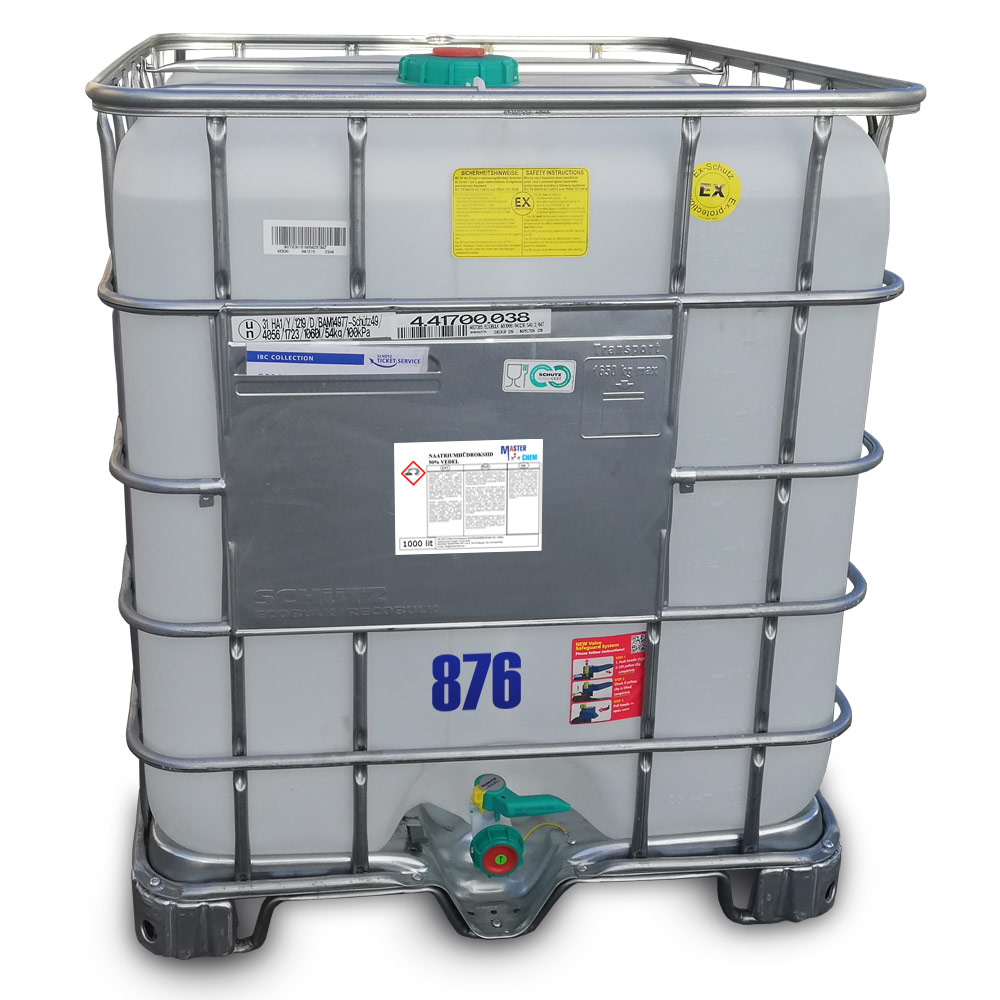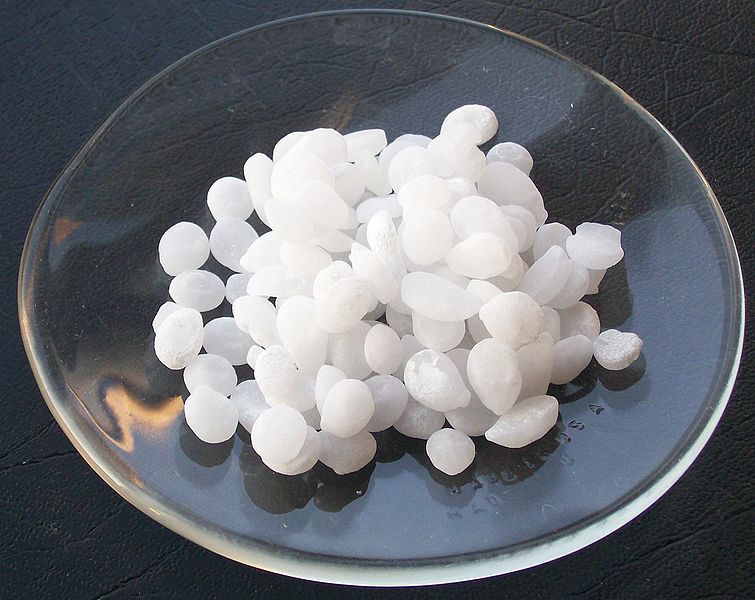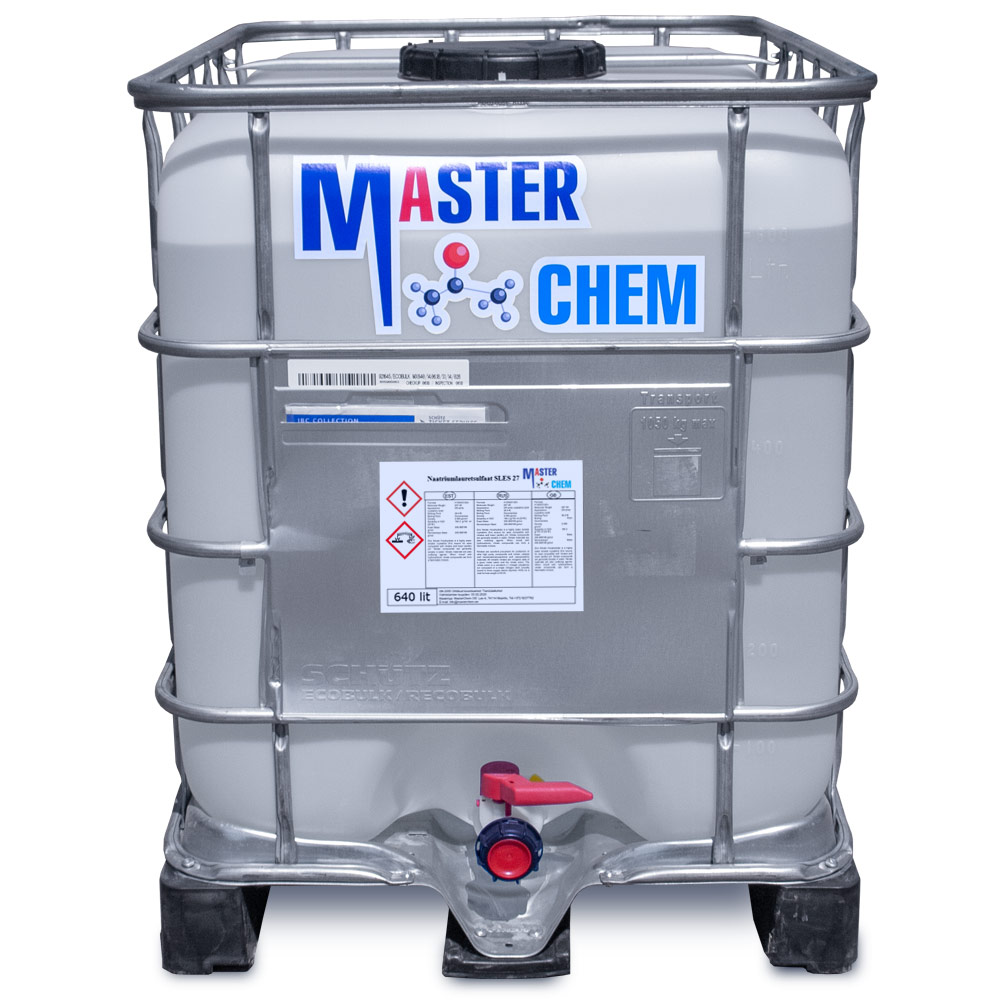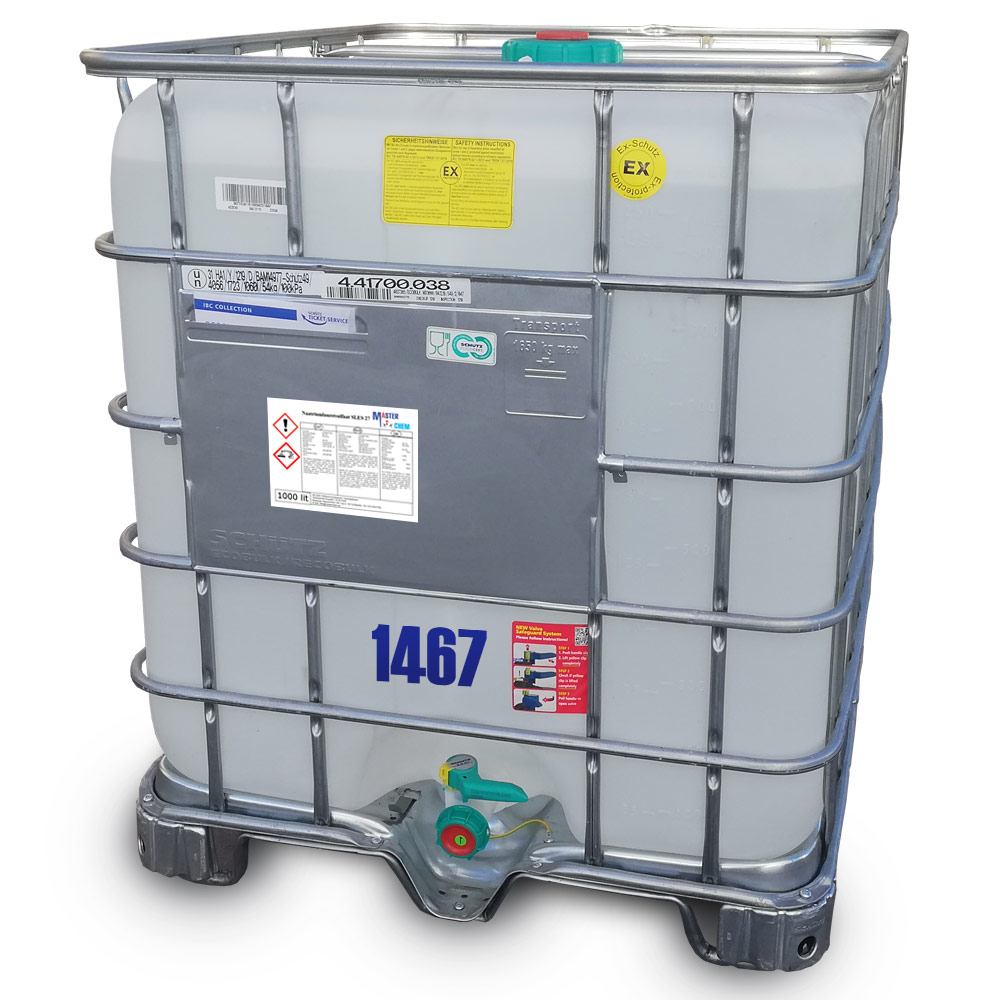Currently Empty: €0.00
Rosemary oil
Rosemary oil
Rosemary oil is a popular infused oil used in cooking and beauty treatments. Rosmarinus officinalis is an evergreen shrub with needle-like leaves and a woody aroma. Naturalin ownes a rosemary plant base, with a whole process control system from raw materials to product processing, which ensured the quality of rosemary series products.
Functions:
1. Natural preservative;
2. Antioxidant, eliminate free radicals, anti-aging;
3. Improving brain functions & memory;
4. Stimulating hair growth;
5. Releasing stress & increasing circulation.
Applications:
1. In personal care products: rosemary oil helps to stimulate blood circulation on scalp area, sterilization and anti-itching. It is widely used in hair care products;
2. In food industry: high effective antioxidant; antibacterial; natural preservative;
3. Customized: it can be adjusted to the specific needs of the client.
Salicylic acid (CAS 69-72-7)
Salicylic acid (CAS 69-72-7)
Salicylic acid is an organic compound with the formula HOC6H4CO2H. A colorless solid, it is a precursor to and a metabolite of aspirin (acetylsalicylic acid). It is a plant hormone. The name is from Latin salix for willow tree. It is an ingredient in some anti-acne products. Salts and esters of salicylic acid are known as salicylates.
Salicylic acid is used in the production of other pharmaceuticals, including 4-aminosalicylic acid, sandulpiride, and landetimide (via salethamide).
Salicylic acid has long been a key starting material for making acetylsalicylic acid (aspirin). Aspirin (acetylsalicylic acid or ASA) is prepared by the esterification of the phenolic hydroxyl group of salicylic acid with the acetyl group from acetic anhydride or acetyl chloride.
Shea butter (CAS 67701-30-8)
Shea butter (CAS 67701-30-8)
Shea butter is a fat (triglyceride; mainly oleic acid and stearic acid) extracted from the nut of the African shea tree (Vitellaria paradoxa). It is ivory in color when raw and commonly dyed yellow with borututu root or palm oil. It is widely used in cosmetics as a moisturizer, salve or lotion.
hea butter is composed of five principal fatty acids: palmitic, stearic, oleic, linoleic, and arachidic (see Table below). About 85 to 90% of the fatty acid composition is stearic and oleic acids. The relative proportion of these two fatty acids affects shea butter consistency. The stearic acid gives it a solid consistency, while the oleic acid influences how soft or hard the shea butter is, depending on ambient temperature.
Silver nitrate (CAS 7761-88-8)
Silver nitrate (CAS 7761-88-8)
Silver nitrate is an inorganic compound with chemical formula AgNO3. This salt is a versatile precursor to many other silver compounds, such as those used in photography. It is far less sensitive to light than the halides. It was once called lunar caustic because silver was called luna by ancient alchemists who associated silver with the moon. In solid silver nitrate, the silver ions are three-coordinated in a trigonal planar arrangement.
Soap
Soap
Soap is a salt of a fatty acid used in a variety of cleansing and lubricating products. In a domestic setting, soaps are surfactants usually used for washing, bathing, and other types of housekeeping. In industrial settings, soaps are used as thickeners, components of some lubricants, and precursors to catalysts.
When used for cleaning, soap solubilizes particles and grime, which can then be separated from the article being cleaned. In hand washing, as a surfactant, when lathered with a little water, soap kills microorganisms by disorganizing their membrane lipid bilayer and denaturing their proteins. It also emulsifies oils, enabling them to be carried away by running water.
Sodium benzoate (CAS 532-32-1)
Sodium benzoate (CAS 532-32-1)
Sodium benzoate is the sodium salt of benzoic acid, widely used as a food preservative and pickling agent. A white crystaline chemical with the formula C6H5COONa, it has an E number of E211. It can be produced by reacting sodium hydroxide with benzoic acid.
Sodium benzoate is produced by the neutralization of benzoic acid, which is itself produced commercially by partial oxidation of toluene with oxygen.
Many foods are natural sources of benzoic acid, its salts (such as sodium benzoate), and its esters. Fruits and vegetables can be rich sources, particularly berries such as cranberry and bilberry. Other sources include seafood, such as prawns, and dairy products.
Sodium formate (CAS 141-53-7)
Sodium formate (CAS 141-53-7)
Sodium formate, HCOONa, is the sodium salt of formic acid, HCOOH. It usually appears as a white deliquescent powder.
Sodium formate is used in several fabric dyeing and printing processes. It is also used as a buffering agent for strong mineral acids to increase their pH, as a food additive (E237), and as a de-icing agent.
In structural biology, sodium formate can be used as a cryoprotectant for X-ray diffraction experiments on protein crystals, which are typically conducted at a temperature of 100 K to reduce the effects of radiation damage.
Sodium hydroxide (48% liquid) (CAS 1310-73-2)
Description:
Sodium Hydroxide, lye, caustic soda.
Inorganic chemical, the most common alkali, the chemical formula NaOH. This reactant is dissolved in water to form heat, and when reacted with certain metals, hydrogen is released. It is very hygroscopic, in the open air it “melts.” In addition to aqueous solutions, it can be produced in granular and scale form. The material is capable of corroding glass, paper, leather and other organic substances. It is a strong base and has chemical properties characteristic of these compounds.
Sodium hydroxide is a caustic and very toxic substance with pronounced alkaline properties. When working with him, you need to be careful. When getting on the skin, mucous membranes and in the eyes, serious chemical burns are formed.
Sodium hydroxide (50% liquid) (CAS 1310-73-2)
Use of sodium hydroxide 50%: Manufacture of pulp, paper and paper products.
CAS: 1310-73-2
Sodium hydroxide (CAS 1310-73-2)
Molecular formula of sodium hydroxide: NaOH
INDEX: 011-002-00-6
CAS: 1310-73-2
EC: 215-185-5
Sodium hydroxide granules (CAS 1310-73-2)
Sodium hydroxide 100% application: Chemical, food, textile, pulp and paper and various other applications.
CAS: 1310-73-2
Sodium laureth sulfate (SLES) 27 (CAS 68891-38-3)
Sodium laureth sulfate (SLES) 27 (CAS 68891-38-3)
Sodium laureth sulfate, or sodium lauryl ether sulfate (SLES), is a detergent and surfactant found in many personal care products (soaps, shampoos, toothpaste etc.). SLES is an inexpensive and very effective foaming agent. SLES, SLS and ALS are surfactants that are used in many cosmetic products for their cleansing and emulsifying properties. They behave similarly to soap.
Sodium laureth sulphate is an ionic surfactant that is primarily used as a surfactant.
An excellent foaming agent, that provides lasting and consistent foam with excellent skin cleaning abilities.
Sodium laureth sulphate imparts skin softening properties. Sodium laureth sulphate is an ionic surfactant.

